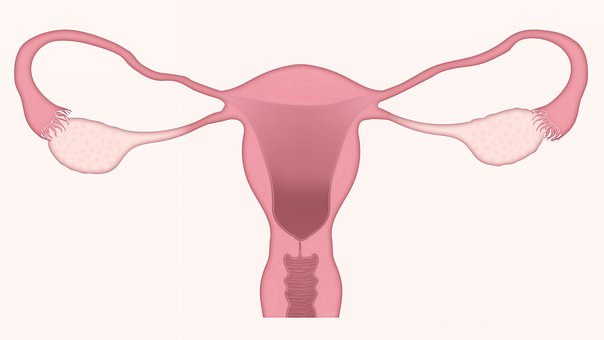The Cause of Endometriosis -- Endometrial Implantation Theory(2)
The endometrial fragments mixed in the menstrual blood can be planted on the surface of the pelvic cavity, abdominal cavity, and peritoneum, where they continue to grow and spread so as to form endometriosis. Under the direct action of ovarian hormones, there are periodic changes. The implantation theory has gone through three stages of verification:
1. It is true that there is a counter-current of meridians;
2. Endometrial cells can pass through the fallopian tube;
3. Endometrial cells must be able to survive in the implantation site.
Does the reversal of menstrual blood flow in the fallopian tube mean that the endometrium can also enter the pelvic cavity?
The length of the fallopian tube is about 8-350px, which is divided into four parts. The isthmus is the narrowest part of the fallopian tube. The diameter of the lumen is 2um-3mm. The muscle tissue of the fallopian tube can contract rhythmically, making the fallopian tube peristaltic.
When the sperm and the egg are fertilized in the ampulla of the oviduct, they will fuse into the fertilized egg and become the largest cell in the human body. Under the peristalsis of the oviduct, the fertilized egg can enter the uterine cavity through the interstitial part of the oviduct, so it is possible for the endometrial cells to pass through the oviduct cavity with the blood.



